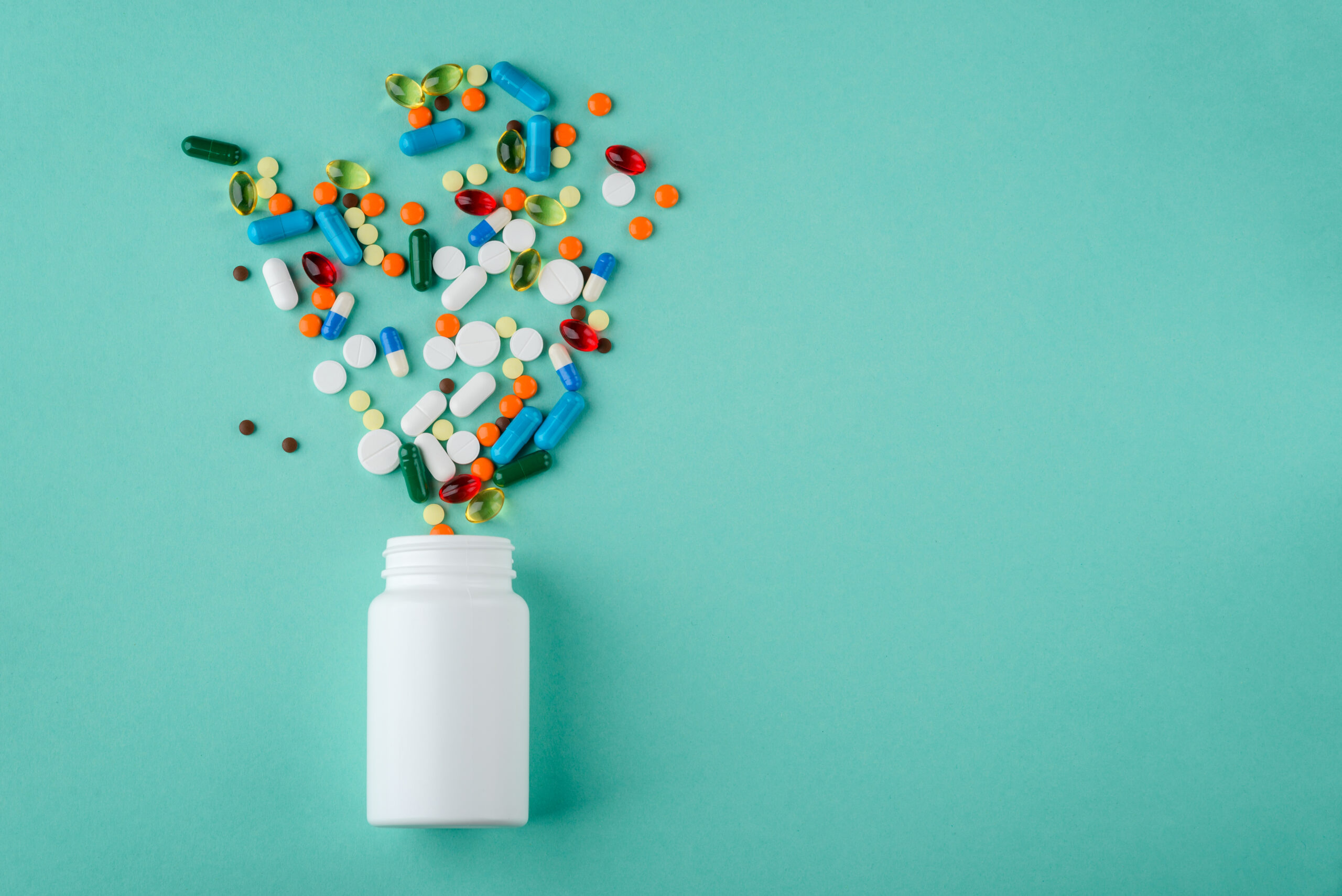It’s been a tough year for people with chronic conditions such as diabetes, with some vital medications in short supply. Diabetes educator SALLY KWONG explains what is happening and what to do about it.
Why is there a medication shortage? There are several factors that can contribute to a disruption in the supply of medications. These include:
- disruptions in the manufacturing plants including being repaired, closed, moved or merged
- change in demand due to changes in health practitioner clinical practice guidelines
- shortage of raw ingredients
- discontinuation due to company decision
- natural disasters
- local or international challenges in manufacture and or transportation
- product recalls due to unexpected quality and safety issues.
Is the medication shortage at a local-level or a national-level?
Sometimes there could be a temporary disruption in the supply of a medication at a local level, which means the medication is unavailable at certain pharmacies or areas. This happens when there is an increase in demand from consumers. This disruption is normally resolved quickly, once the local pharmacy and the wholesaler replenish new stocks. If the medication shortage is at national level, it may be that the supply within Australia is struggling to meet with demand. These shortages can last for several months.
How could you confirm if there is a national shortage of the medication you are taking?
Look it up on the TGA website The Therapeutic Goods Administration (TGA) is the Australian government regulatory agency of medicine and therapeutics. It is mandatory for all drug companies to report to the TGA any foreseeable medication shortages within the next six months. You can confirm if there is a national shortage in Australia by utilising the medicine shortage reports database, which is available from the TGA website.
This database allows you to search for medicines that are in short supply or discontinued, which includes all prescription medications and some over-the-counter medications. Any information about what is being done about the shortage will also be included in the database. However, the TGA website does not provide any clinical advice regarding your specific condition.
Need advice? Speak to your health professionals.
Once you know that there is a national shortage of the medication, it is important to seek advice from your health professionals. Firstly, speak to your local pharmacist. Your pharmacist can assist you by putting you on the waitlist, so that once the medication is back in stock, they can contact you. In the meantime, they can help you by offering an alternative brand which contains the same active ingredient, if it is available.
If there is no alternative brand available, your pharmacist may be able to advise you and your GP what the available alternatives are for the time being. Sometimes there are alternative options available in the form of a different medicine which belongs to the same class of medication and provides very similar therapeutic outcomes. You will need to speak to your GP, as he or she will be the one most familiar with your condition. Your GP will then be able to prescribe the most appropriate alternative treatment options for you.
Is this a scam?
We all know the saying that if something sounds too good to be true, it probably is. The same applies to medications. If there is a national medication shortage and you are getting emails or finding information on social media about purchasing medication onliine, it may in fact be a scam. The TGA has found many instances of scams surrounding diabetes medications in Australia, and we recommend staying vigilant and sourcing your medications from a brick and mortar pharmacy.




